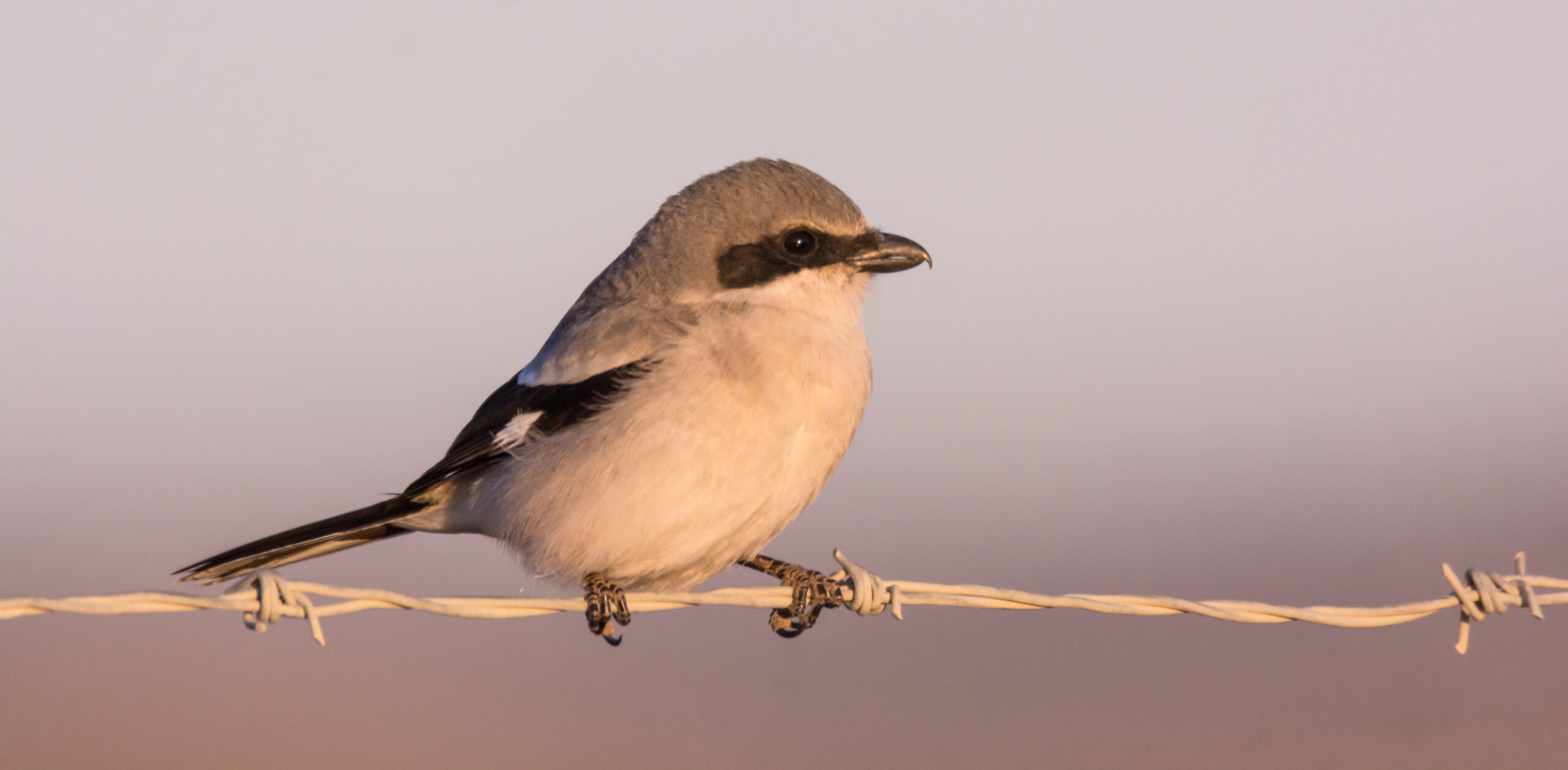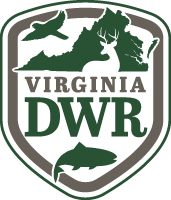
Loggerhead Shrike (photo by Wendy Miller)
بقلم سيرجيو هاردينج
The Second Virginia Breeding Bird Atlas traces its origins to a meeting over lunch between representatives from the Virginia Department of Wildlife Resources and the Virginia Society of Ornithology in January 2011. The idea didn’t pick up steam until late 2012, and the project was finally funded in 2014. Nearly 16 years after that initial meeting, including five years of data collection and five years of data review, analysis and content production, we have at last crossed the finish line!
The Atlas website is live as of Friday, October 31.
The website is a centralized source for Virginia-specific information on all of the Commonwealth’s breeding bird species. As such, it will help to inform bird conservation efforts in the state for years to come. We are publishing the website in two phases. In this current first phase all core content is in place.
- The centerpiece of the website is the 203 individual Species Accounts, virtually all of which feature bird photographs taken here in Virginia. Distribution and abundance maps are complemented by an interactive map at the bottom of each Account that allows panning and zooming for a more detailed look at the maps.
- If you want additional information on the content included in the Species Accounts, browse the Interpreting Species Accounts page.
- For an overview of how Atlas data were collected, head over to the Atlas Methods page.
- Curious about changes in the composition of Virginia’s breeding bird species over the past 30 years? Check out the Results section.
- An Acknowledgments page recognizes by name all who contributed to the Atlas project. It highlights all the volunteers whose efforts in the field built the massive dataset upon which the Atlas products are based; and the donors whose generous contributions made the Atlas website possible.
All remaining content will be published in early 2026. It will include analytical methodology, additional results, summary statistics on survey effort and block coverage, information on Virginia’s geography and habitats, and a page on the role of the Atlas in bird conservation.
We hope you enjoy the Atlas website and invite you to provide feedback via the Contact Us page.


